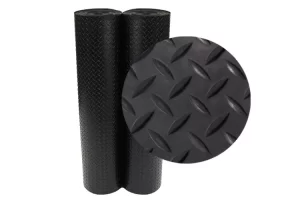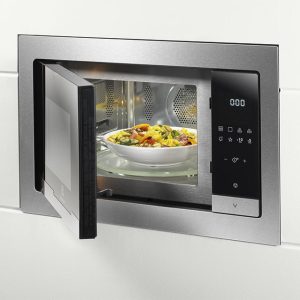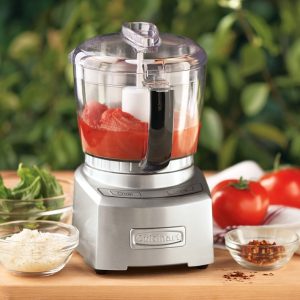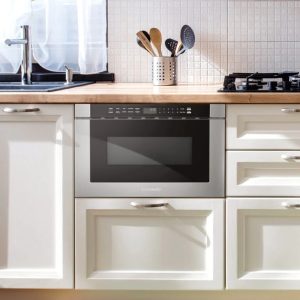Fluorescent light bulbs are a type of electric light bulb that operate by using fluorescence to produce visible light. These bulbs were first developed in the early 20th century, and have since become one of the most common types of lighting used in commercial and residential settings. In this article, we will explore the key features, advantages, disadvantages, and applications of fluorescent light bulb.

Features of Fluorescent Light Bulbs
Fluorescent light bulbs consist of a glass tube that contains a small amount of mercury vapor and a phosphor coating on the inside of the tube. When electricity is applied to the tube, it excites the mercury vapor, which emits ultraviolet light. The ultraviolet light then strikes the phosphor coating, causing it to emit visible light. The color of the visible light emitted depends on the type of phosphor used.
One of the key features of fluorescent light bulb is their energy efficiency. They typically use about 75% less energy than traditional incandescent bulbs to produce the same amount of light. This is because they do not rely on heating a filament to produce light, which is a very inefficient process. In addition, fluorescent bulbs have a longer lifespan than incandescent bulbs, typically lasting 8–10 times longer.
Advantages of Fluorescent Light Bulbs
In addition to their energy efficiency and longer lifespan, fluorescent bulbs have several other advantages over incandescent bulbs. They produce less heat than incandescent bulbs, which can be beneficial in certain settings where heat output is a concern. Fluorescent bulbs also tend to produce a more uniform distribution of light, which can be helpful in areas where even lighting is desired. They also come in a wide range of colors and color temperatures, making them versatile for different applications.

Disadvantages of Fluorescent Light Bulbs
Despite their advantages, fluorescent light bulb also have some drawbacks. One of the main concerns is their mercury content. If a fluorescent bulb is broken, the mercury vapor can be released into the air, which can be harmful if inhaled. For this reason, it is important to handle and dispose of fluorescent bulbs carefully. In addition, some people may be sensitive to the flicker or hum that can be produced by fluorescent bulbs, which can be a nuisance in certain settings.
Applications of Fluorescent Light Bulbs
Fluorescent bulbs are used in a wide range of applications, from commercial settings like office buildings and retail stores, to residential settings like homes and apartments. They are commonly used in ceiling fixtures, task lighting, and decorative lighting. In recent years, there has been a shift towards using LED lighting in many of these applications, due to their even greater energy efficiency and longer lifespan. However, fluorescent bulbs remain a popular and cost-effective option for many lighting needs.
Fluorescent light bulbs are a popular and versatile type of electric light bulb. They offer significant energy savings and a longer lifespan compared to traditional incandescent bulbs, and are widely used in commercial and residential settings. While they have some drawbacks, such as their mercury content and potential for flicker and hum, they remain a popular choice for many lighting needs. As technology continues to evolve, it will be interesting to see how fluorescent bulbs continue to fit into the lighting landscape.







